After 30 years running RC rigs from the Australian Outback to the Canadian Shield, I've seen every trick for improving core recovery. Forget textbook theories - these core recovery improvement techniques are field-proven.
1. Bit Selection is Everything
The first rule of core recovery improvement techniques: Match the bit to the ground. Last year in Western Australia's iron ore fields:
(1) Used impregnated diamond bits for massive hematite (HRC45 matrix)
(2) Switched to spring-loaded core catchers in fractured zones
(3) Ran triple-wing PDC bits through coal measures
This simple core recovery improvement technique jumped recovery from 50% to 90%
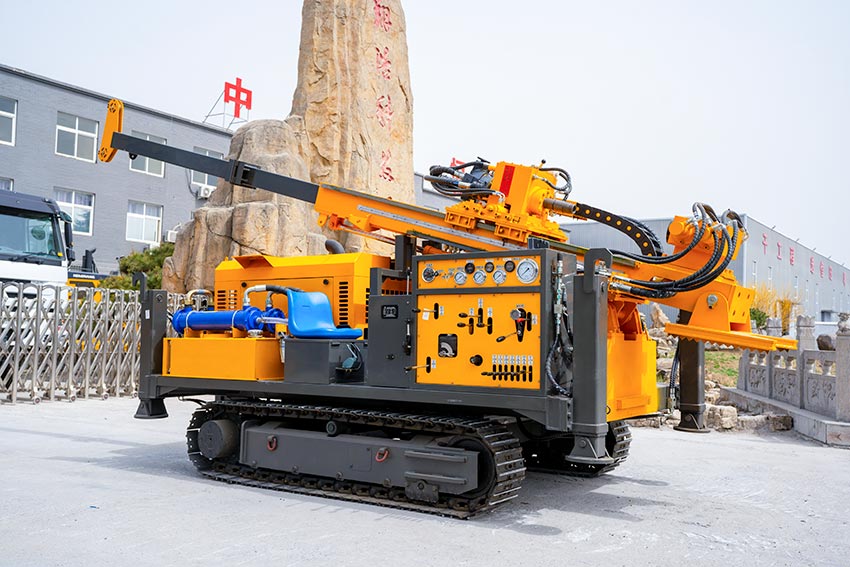
2. Drilling Fluids: Less is More
Most rookies overdose on bentonite. Real core recovery improvement techniques require:
(1) Low-solids mud (1.03 SG) for competent rock.
(2) Xanthan gum at 0.3% in unconsolidated overburden (cheaper than polymers)
(3) Test fluid properties every rod - I keep a Marsh funnel in my pickup.
This core recovery improvement technique saved a project in Chile's Atacama.
3. The Art of Feed Control
Advanced core recovery improvement techniques demand finesse:
(1) "Feather touch" in fault zones (<150 RPM).
(2) Limit runs to 1.5m in weathered rock.
(3) Always air-flush before pulling rods (30sec blast clears debris).
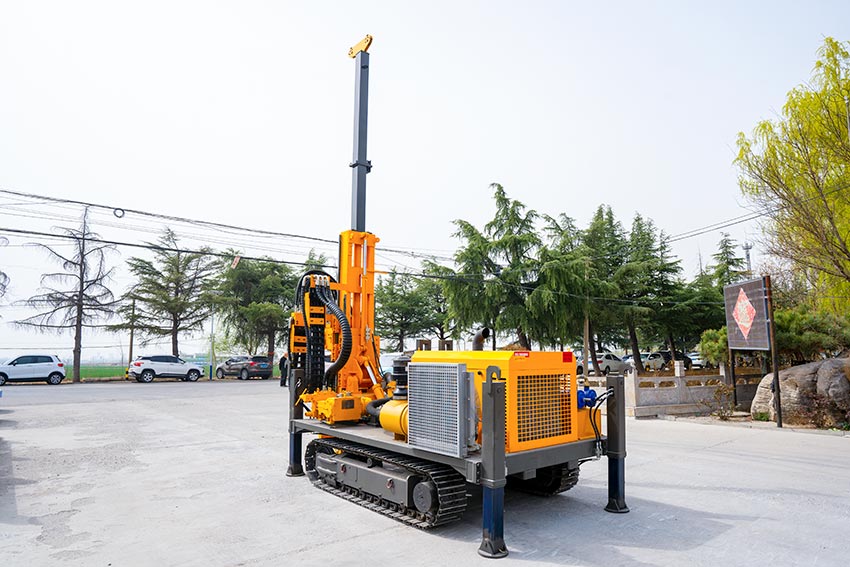
4. Maintenance Wins Championships
All core recovery improvement techniques fail without:
(1) Measuring core lifter wear every 200m (my Mitutoyo calipers never leave the rig)..
(2) Greasing rod threads weekly (I prefer Molyslip HMP).
(3) Shutting down at 70°C hydraulic temps (seen too many pumps cooked in Nevada).
Why I Trust Hengwang HW-YDX-800GL
After running Sandviks and Boart Longyears, Hengwang's HW-YDX-800GL surprised me:
(1) Dual-pump system handles rubble zones (keeps circulating when others jam).
(2) Hydraulic shock absorber (reduces core breakage).
(3) Auto-depth logger (no more crew arguing over rod counts).
Using these core recovery improvement techniques, we hit 97% recovery in Saskatchewan's potash fields.
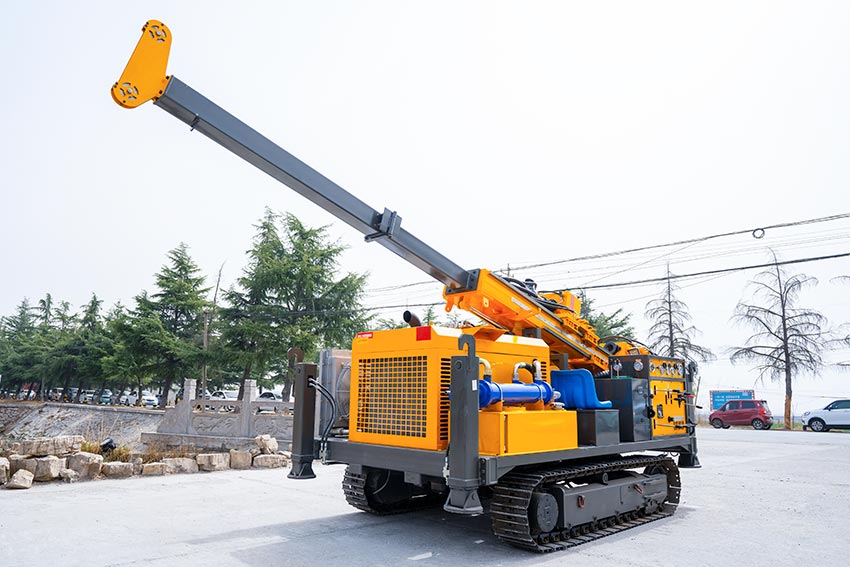
Pro Tips:
1. Master these core recovery improvement techniques before trying fancy methods.
2. Document with site videos (your phone beats any logbook).
3. Hengwang's service team (ask for "Mike") actually answers their sat phone in the Congo.
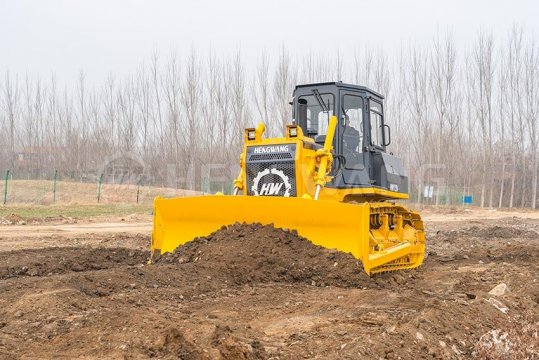 Bulldozer Blade Types: Core Configuration for Adapting to Different Operating Scenarios
Bulldozer Blade Types: Core Configuration for Adapting to Different Operating Scenarios
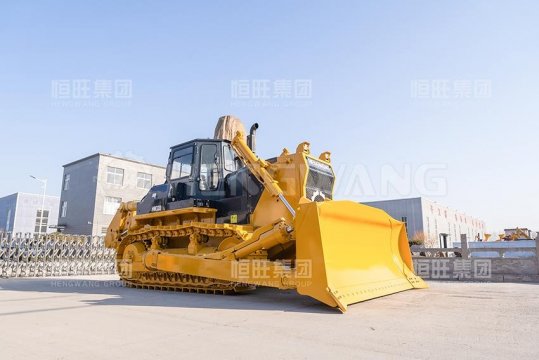 Swamp bulldozer: An Efficient Solution for Operations in Muddy Environments
Swamp bulldozer: An Efficient Solution for Operations in Muddy Environments
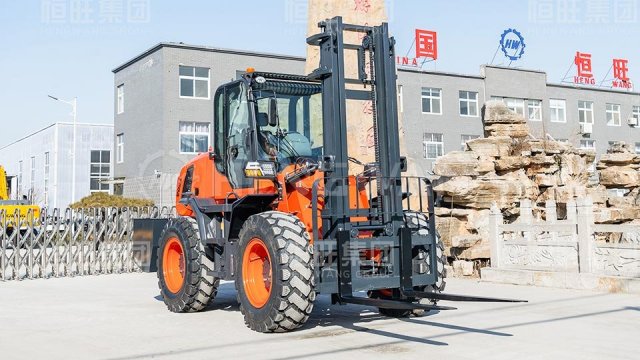 Rough terrain forklift with highest load capacity: A High-performance Solution for Heavy-duty Outdoor Operations
Rough terrain forklift with highest load capacity: A High-performance Solution for Heavy-duty Outdoor Operations